Is Obesity a New Phenomenon? – by Igor Chudov
March 14 | Posted by mrossol | Food, Health, History, Incentives, Interesting, Nutrition, Personal Development, ScienceFat People During Prehistoric, Medieval and Current Times
Source: Is Obesity a New Phenomenon? – by Igor Chudov
Overweight people existed even during prehistoric times.
The above 41,000-year-old figurine Venus of Hohle Fels, made from mammoth ivory, is the oldest undisputed depiction of a human being. The woman portrayed by that prehistoric artifact lived in a cave near Schelklingen, Germany. Some experts argue that she was considered a fertility goddess,and the amulet above is the first known pornographic object. If these experts are right, the figurine illustrates the crass tastes of prehistoric men!
She could not purchase potato chips, low-carb nutritional bars, ice cream, cake, butter, or other modern foods. She likely consumed what other tribe members could harvest or hunt in the forests near her cave: nuts, roots, berries, grass-fed meat, and other purely natural paleolithic products. She never received any vaccines and never saw TV advertisements promoting junk food. Despite all that, Venus gained much weight from her prehistoric paleo diet.
Could some of her direct descendants still live in Schelklingen? Are any of them possibly working at the Schelklingen Community School?
Medieval Times
Many records show that the nobility, clergy, and other well-off sedentary people gained weight during medieval times.
 |
https://historycollection.com/very-few-people-can-get-these-12-enlightening-facts-about-medieval-monks-and-friars-straight/7/
Those monks did not shop at Costco. They had no access to potato chips, Twinkies, or any other “highly processed foods.” Yet, supported by their communities, these monks ate very well while spending plenty of time praying or performing other sedentary activities.
Bone evidence and historical records confirm:
The new evidence backs records from Westminster Abbey, showing that six eggs a day was normal for monks. In the middle ages, monkish obesity was Europe-wide. The Portuguese Cistercians had a test: monks unable to squeeze through a certain doorway at Alcobaca monastery’s dining room had to fast while slimmer colleagues tucked into “pastry in vast abundance.”
Their diet is described as follows. I underlined animal products in red, fruits and vegetables in blue, and grains in green.
Everything these monks ate was “natural.” There were no hyper-processed foods then, and much of what they ate was wild-grown or wild-caught, full of medieval natural goodness. GMOs, chemical fertilizers, MSG, and other modern inputs were centuries away from those people’s tables.
Of course, most contemporary people could not afford most of the above, so they ate much less, lacked variety, worked harder, and were mostly slim.
“Nobody Likes a Skinny Girl”
During the early 20th century, women had body image problems and anxiety due to being too thin. A cottage industry of weight gain products existed for such women:
Other ads recommended supplements touted to work QUICKER THAN BEER:
(an aside: those weight gain products possibly benefited from iron mentioned in both ads. Excess iron is known to impair glucose tolerance, resulting in a tendency to gain weight. Almost all weight gain ads from that time mention iron. If you do not believe me, view the ads and check for yourself.)
The days of weight gain ads are gone: since 1980, we have rapidly put on weight:
40% of People Are Now Obese
Things greatly changed around 1970, when rates of obesity tripled for men and women.
There is no shortage of explanations: various experts blame carbs, sweet drinks, red meat, GMOs, ultra-processed foods, saturated fats, and so on.
There is no shortage of industry money supporting diet research favoriting their products. All sorts of countries defy diet stereotypes:
- Hong Kong has the highest life expectancy and the highest meat consumption per person, suggesting that meat is good. Of course, this meat-eating trend is new to Hong Kong. Older Hong Kongers never gorged on meat, and we have no idea what the lifespan of young Hong Kongers will eventually be.
- Japan has one of the highest shares of carbohydrates in the diet and very low rates of obesity, suggesting that carbs are good – but see below
- The prevalence of obesity in Germany (19%) is much higher than in Japan (4.5%) (source). Does that make the Japanese healthier? Japan’s rate of diabetes (6.6%) is comparable to Germany’s (6.9%)(source)
- Russia bans all GMO products and yet has a 30% obesity rate, putting it on par with other obese countries despite “no GMO” laws
As a result, we are getting fatter and developing diabetes at much greater rates than in the past for reasons that are understood very poorly.
This post does not intend to provide any new findings. I hope the historical facts and stories I presented will help us appreciate that fat people existed for thousands of years. It seems that rates of obesity for people having the means to eat any foods they fancy have possibly not even changed much.
I have dieted for the last twenty years, and there was not one day when I allowed myself to eat anything I wanted in the amount I wanted. When I got married in 1999, I weighed 204 lbs. I had several ups and downs after that. Today, I weigh 194 lbs—and would probably be above 300 had I not watched what I eat. The struggles were very real.
I want to ask you, my dear reader, to share your experiences with dieting.
There are two discussion rules
- You can state any opinion politely
- I will mercilessly remove any nasty or abusive personal comments(something I usually do not do, but this discussion thread will be an exception).
Why are we getting fat now? What worked for you or your loved ones?
Let us know!
You’re currently a free subscriber to Igor’s Newsletter. For the full experience, upgrade your subscription.
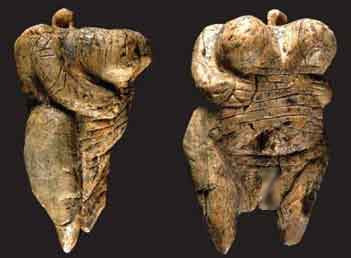

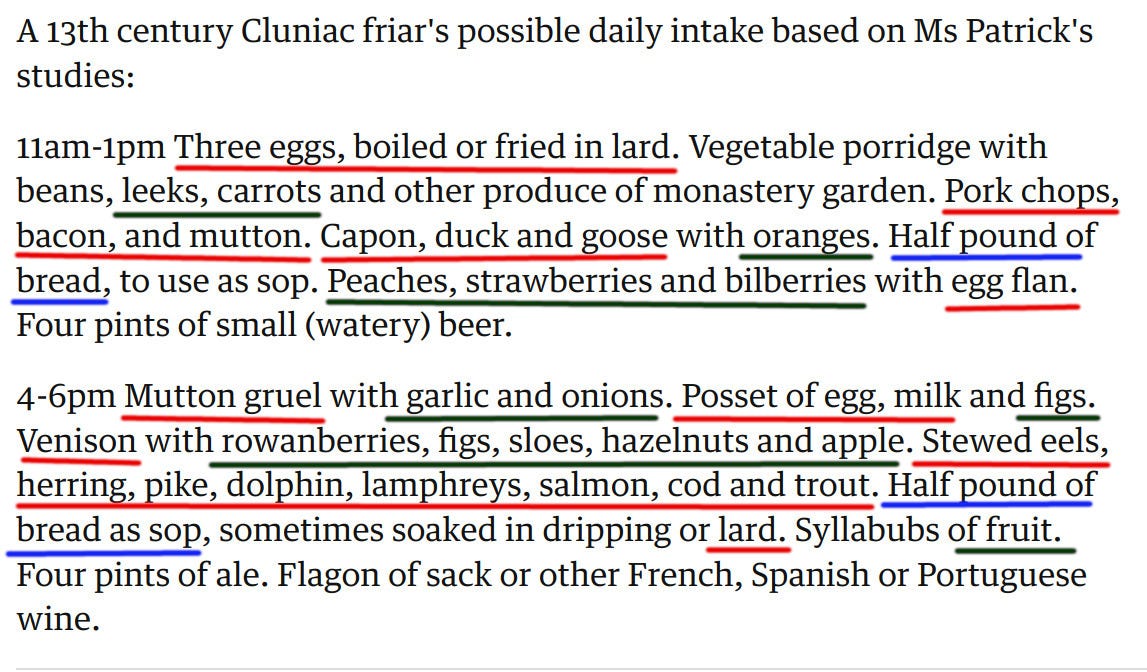

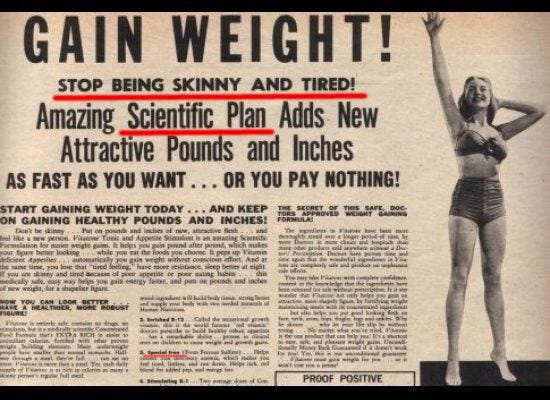
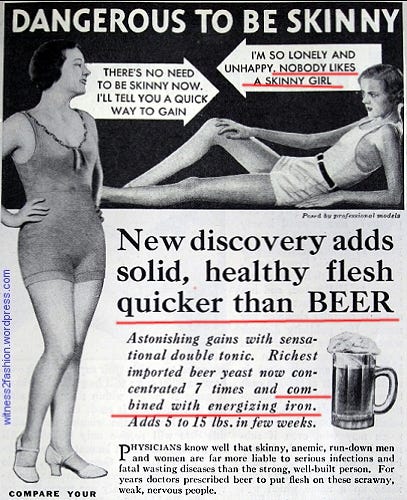


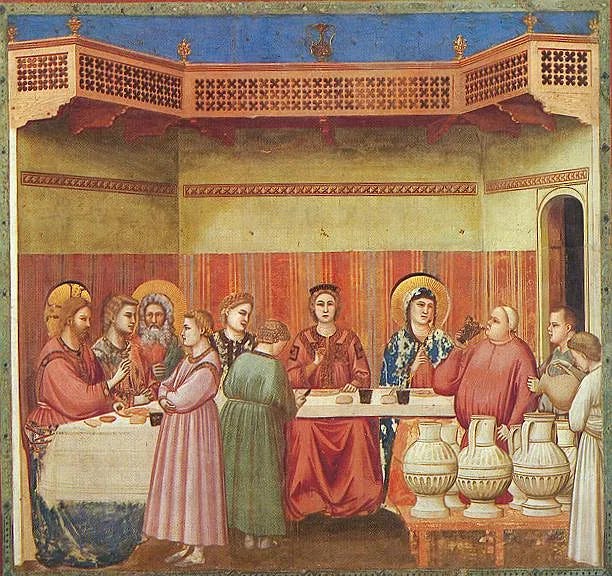





Leave a Reply
You must be logged in to post a comment.